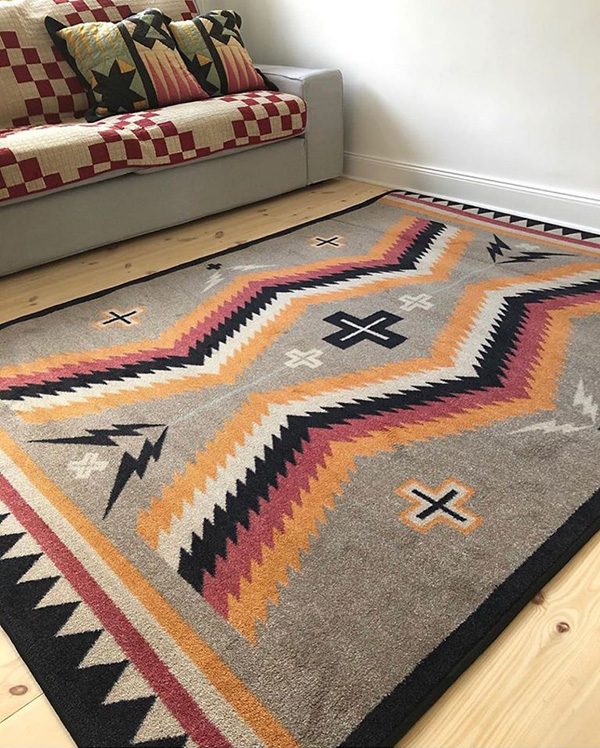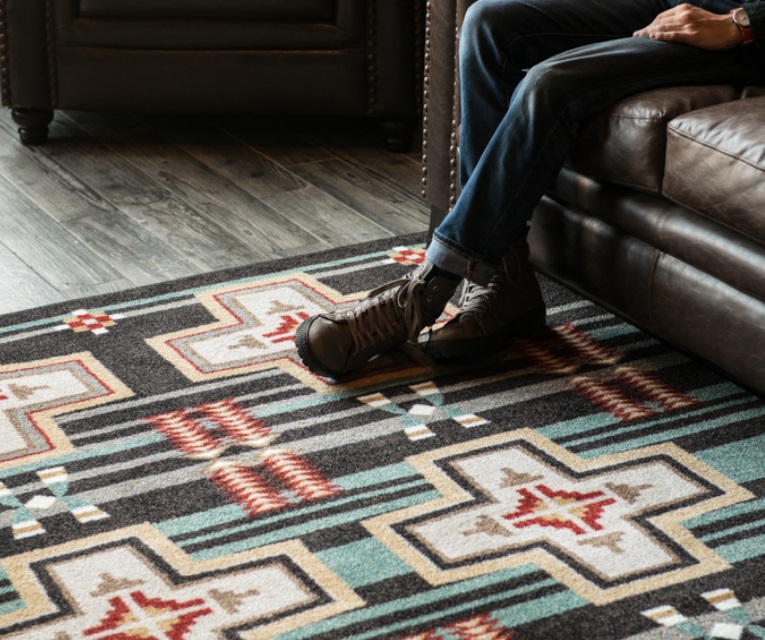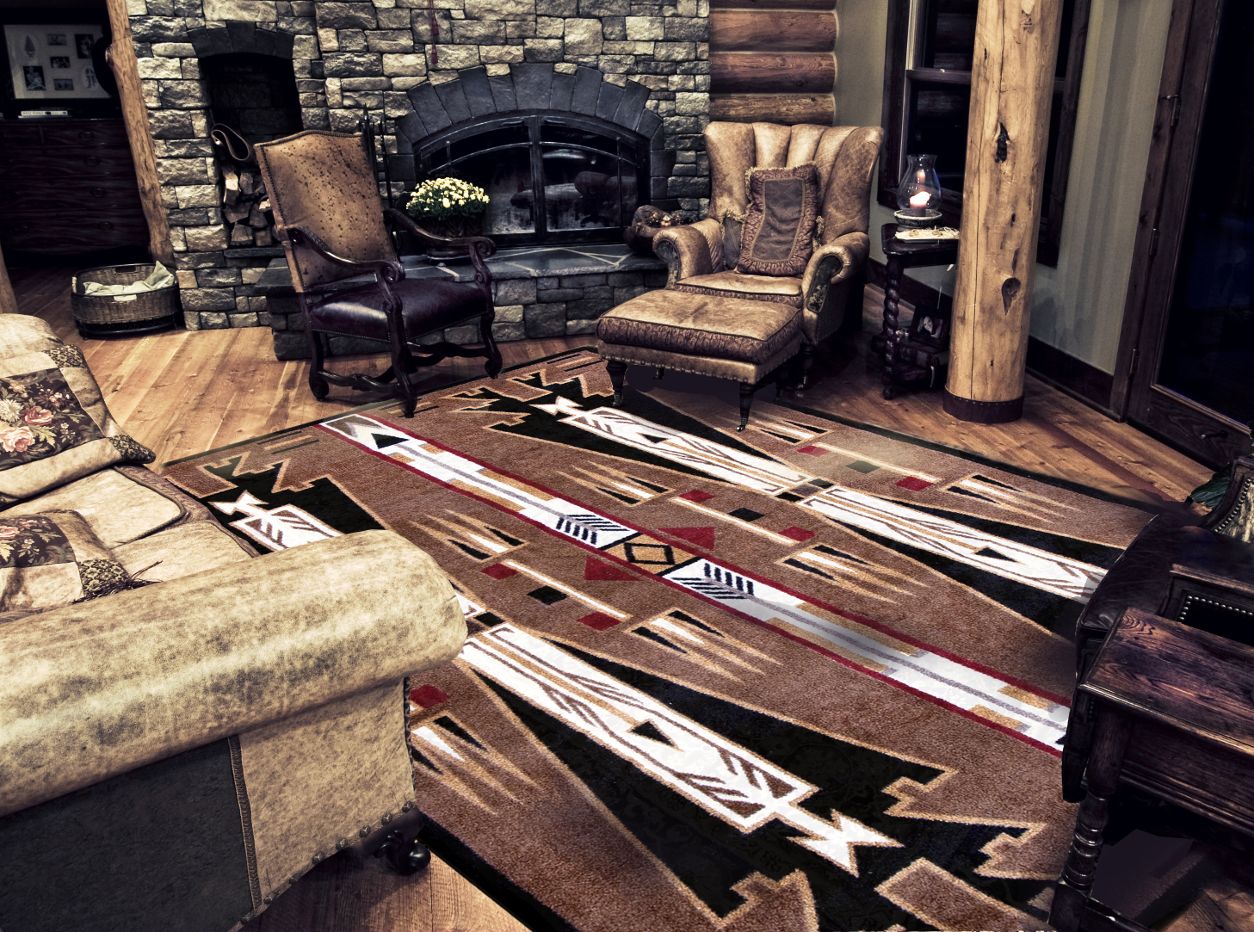
native american area rugs for sale
So how much do Navajo Rugs Cost? This Navajo Rug pricing and cost guide is intended to help you create a budget and get an understanding of Navajo Rugs. You should take into consideration several factors when buying quality Navajo Rugs. Due to the way it is woven on a Navajo Loom by hand, there are some common sizes for Navajo Rugs. Common sizes include 4x6, 5x8, 6, 9. You can find many sizes in between, but there are also smaller and larger options. The majority of rugs are woven in a rectangular shape. The size of your rug will determine the price. It may take 1, 2, or three years to make large Navajo Rugs. They are also more difficult to find so they will be more expensive. Smaller Navajo rugs start at $100 and then go up. The price range for antique Navajo rugs varies depending on the size. They can cost anywhere from $1,000 to many thousands. Historical Navajo rugs that have been provenance may also be worth more, for example, a previous collection history or publication. Depending on their size, contemporary Navajo rugs may range from UNDER $500 to many thousands. There are fewer Navajo weavers today. Because it is a disciplined and time-consuming art form, many young weavers have stopped learning the sacred Navajo weaving traditions. Whether to buy a Navajo Rug, or not, this is a way of encouraging young Navajos in weaving and keeping the traditional Navajo Rug weaving alive.The Navajo Churro Navajo Collection Rugs are contemporary Navajo rugs, which we commission from the finest Navajo Master Weavers.


